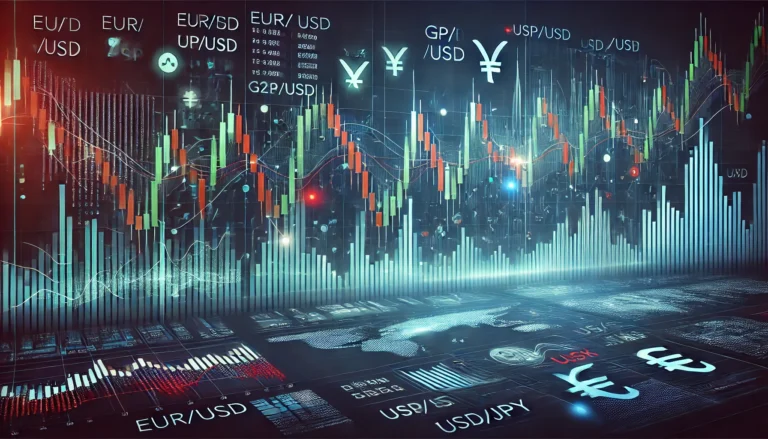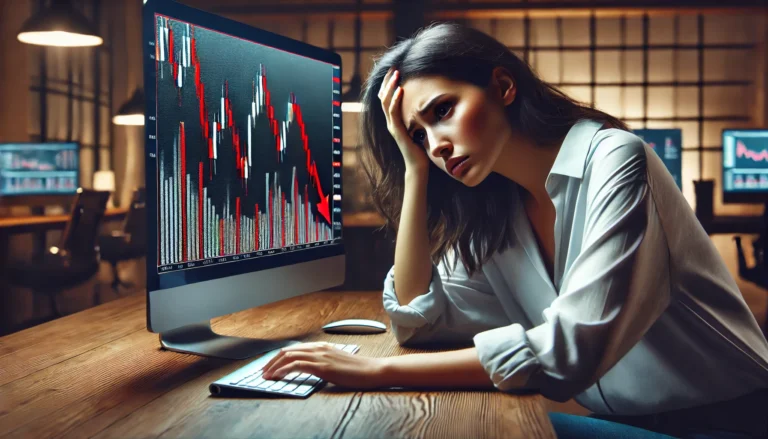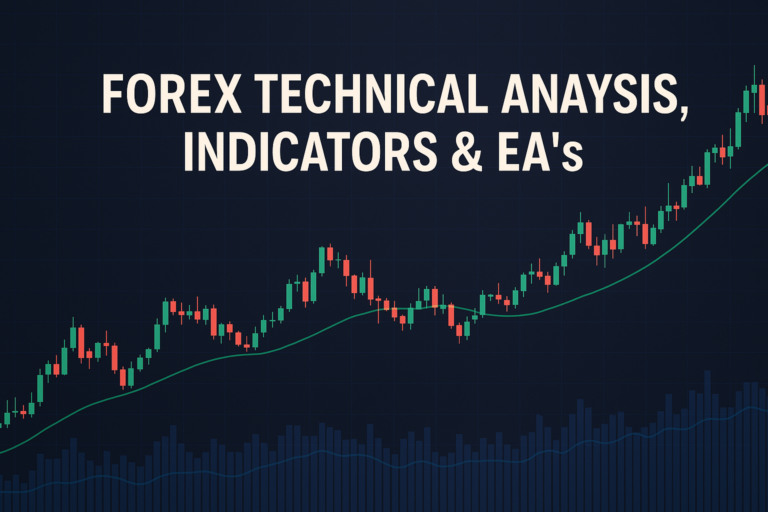
Discover the importance of forex trading time and learn strategies to optimize your trading hours for better success in Forex trading.
Forex trading time plays a crucial role in the world of Forex trading. It determines when traders can buy or sell currencies, and it affects market behavior. Understanding these trading hours is essential for anyone looking to succeed in Forex.
Many traders, whether beginners or professionals, often struggle with forex trading time. They may not know the best times to trade or how different time zones affect their strategies. This confusion can lead to missed opportunities and losses.
For example, let’s look at the USDJPY analysis April-09-2025. This analysis can show how forex trading time impacts specific currency pairs and trading strategies.
Understanding the Forex Trading Time
Forex trading time refers to the hours when the forex market is open for trading. The market operates 24 hours a day, five days a week, divided into major trading sessions: the Sydney, Tokyo, London, and New York sessions. Each of these sessions has unique characteristics and trading opportunities. However, this constant movement can sometimes lead to confusion.
The issue arises because different currencies react differently during various trading hours. For instance, when the London session opens, it often sees increased volatility for European currencies. This can create both opportunities and risks. Imagine trying to trade the Euro when the market is quiet—your chances of making a profit may diminish. A real trading situation could be a trader attempting to enter a position during the Asian session when liquidity is low.
Pro’s and Con’s for Forex Trading Time
Understanding the pros and cons of forex trading time is essential. Here’s a quick overview:
Pros of Forex Trading Time
- Flexibility: The 24-hour market allows traders to choose when to trade, accommodating different schedules.
- Global Opportunities: Traders can access global markets and take advantage of varying economic events.
- High Liquidity: Major trading sessions often see high trading volumes, making it easier to enter and exit trades.
Cons of Forex Trading Time
- Market Overlap: Increased volatility during overlaps can lead to rapid price changes, which may confuse new traders.
- Time Zone Differences: Traders must adjust their schedules to align with major market sessions, which can be challenging.
- Information Overload: With constant market movement, it can be tough for traders to filter relevant information.
To mitigate these issues, traders should take the following steps:
- Plan Your Trades: Develop a trading schedule that aligns with high liquidity periods to maximize opportunities.
- Monitor Economic Events: Keep track of important news releases that can impact the market, especially during specific sessions.
- Practice with a Demo Account: Use a demo account to practice trading during different sessions without risking real money.
For instance, on USDJPY analysis April-11-2025, traders can see how time plays a critical role in market movements and strategy adjustments.
Frequently Asked Questions
1. What are the best times to trade forex?
The best times to trade forex depend on the currency pair. For example, trading EUR/USD is often best during the overlap of the London and New York sessions due to high volatility. Traders should also consider their own schedules and when they can dedicate time to analyzing the market.
2. How do time zones affect forex trading?
Time zones impact forex trading by determining when major markets are open. Different sessions have different levels of activity. For example, the Asian session is generally quieter, while the London session sees the most trading activity. Understanding these time zones can help traders choose the right moments to enter and exit trades.
3. Can I trade forex at any time?
Yes, the forex market is open 24 hours a day, five days a week. However, not all times are equal. Some hours may have low liquidity, leading to wider spreads and less favorable trading conditions. Traders should aim to trade during active market hours.
4. How does news impact forex trading time?
News releases can significantly impact forex trading time. Major economic reports can lead to increased volatility and trading volume. Traders should be aware of scheduled news events and their potential influence on currency pairs during specific trading sessions.
5. What should I do if I miss a trading opportunity?
Missing a trading opportunity can be frustrating, but it’s essential to remain calm. Analyze the situation to learn from it. Consider setting alerts or reminders for future opportunities, and remember that there will always be more chances to trade.
6. How can I improve my trading strategy based on forex trading time?
Improving your trading strategy involves understanding the patterns and trends specific to different trading sessions. Focus on high-volume periods, use technical analysis to identify entry and exit points, and keep a trading journal to track your performance.
7. Is it necessary to adjust my trading hours?
Adjusting your trading hours to align with active market sessions can enhance your trading performance. By trading during the times when liquidity is highest, you increase your chances of executing trades at optimal prices.
Conclusion
Understanding forex trading time is vital for achieving success in the forex market. By grasping when to trade, traders can maximize their opportunities and minimize risks. Remember, this issue can be managed. Stay informed and continue to improve your trading strategies.
User Engagement & Encouragement: Remember, every trader faces challenges with forex trading time. Embrace the learning journey, and don’t hesitate to seek help when needed. You’re not alone in this!
Recommended Next Steps
If you want to dive deeper into forex trading time, here are some steps to follow:
- Research the four major trading sessions and their characteristics.
- Monitor economic calendars for news events impacting your trades.
- Practice trading during different sessions using a demo account.
- Join trading communities to share experiences and tips with other traders.
Forex trading time is a crucial concept every trader must understand to navigate the market successfully.
Stay ahead of the game by reading expert-backed advice on this topic BabyPips, FXStreet
Expand Your Knowledge
- 📌 Forex Trading Learning Road Map
- 📌 Forex Trading Course with no Fees
- 📌 Forex Trading Issues, Problems, and Solutions
- 📌 Forex Daily Forecast & Live Updates
- 📌 Forex Fundamental & News Analysis: Tomorrow’s Market Movers & Trade Opportunities
- 📌 Forex Education Hub: Learn & Profit
- 📌 Forex Technical Analysis, Indicators & EA’s
Start Trading Today
Ready to take your forex trading to the next level? Open an account with Exness, one of the most trusted platforms in the industry. 👉 Sign Up Now and start trading with confidence!
Exness stands out with ultra-low spreads for mini traders, instant withdrawals, and zero spread accounts for pro traders. Trusted since 2008, Exness offers lightning-fast execution, no hidden fees, and a secure, transparent trading environment—giving you the edge you need to succeed. 🚀 Join now and trade smarter!
Watch this helpful video to better understand forex trading time:
Note: The video above is embedded from YouTube and is the property of its original creator. We do not own or take responsibility for the content or opinions expressed in the video.
In today’s video, trader Nick discusses the various major market sessions and the best times to trade Forex, stocks, or other financial instruments. He emphasizes that not all timeframes are equal when it comes to trading, as different times of the day bring varying volumes and volatility to the markets. The focus is on understanding the three primary trading sessions: the Asian session, the London session, and the New York session. Each session has distinct characteristics that can impact trading performance. For instance, the London session is often seen as the most active and volatile, as it marks the beginning of the trading day for many traders in Europe, while the New York session tends to overlap with it, further increasing market activity and momentum. Conversely, the Asian session tends to be quieter, making it less favorable for traders looking for significant price movements.
Nick also showcases a useful tool available on TradingView called the sessions indicator, which visually separates these market sessions on the trading charts. This tool helps traders identify when to enter and exit trades based on market activity. For example, if a trader is focused on intraday trading, understanding when the London and New York sessions are overlapping can provide excellent trading opportunities due to the heightened volatility. As Nick points out, knowing these market dynamics allows traders to tailor their strategies based on their preferred trading styles, whether they are seeking to capitalize on volatility or are looking for reversals during quieter periods. Overall, this understanding of market sessions is crucial for traders to maximize their trading potential and make informed decisions.
In addition to understanding the market sessions, traders should also keep an eye on fundamental factors that can influence currency movements. This includes economic indicators, geopolitical events, and central bank announcements, which can significantly impact market sentiment and price action. For those interested in enhancing their trading strategies, it’s crucial to integrate fundamental analysis with technical analysis. This combination can provide a more comprehensive view of market conditions. If you’d like to delve deeper into how economic events can affect trading decisions, check out our post on Forex Fundamental News Analysis. Understanding both technical and fundamental aspects of trading can lead to better risk management and more successful trading outcomes.




